Just like “Men’s Polo Shirts – The Ultimate Guide“ dives into timeless staples, men’s jeans have their own story that began in Nîmes, France, where David André, a dyer, first developed the strong indigo-blue fabric that became the precursor to cotton denim. He later moved to Italy, supplying Genoese sailor’s trousers to local workers at the port, and through the rigours of sea life and the Gold Rush in America, the durable work trousers were shaped into modern jeans by Levi Strauss. The English-speaking world adopted this rugged wear, turning it into a global staple, admired by denimheads for styles like selvedge jeans, straight-leg jeans, and even bell-bottom cuts. Whether you’re into black or blue jeans, every pair carries its own character, adapting over time to your body type, becoming almost inseparable from your daily lives. I remember feeling completely confused by the terminology when I first started, trying to understand what made cotton-denim different from selvedge, or how to spot a unique pattern, but with use, I saw how each man’s fit tells its own legend. From the closet of an aged craftsman to a younger guy just discovering his style, jeans are an everyday bottom line—a classic, durable, and personal piece of folkore, whether picked up at a premium shop or for a quick buck at a weekend market.
Men’s Jeans – The Ultimate Guide Smart Fit
Choose the right fit: slim, straight, relaxed, or skinny for your body type. Pick a rise: low for trend, mid for balance, high for vintage style.Dark washes are dressy, light and distressed are casual.For comfort, look for stretch denim with a bit of elastane.
6 Ways Men Wear Jeans Wrong
Too Baggy Isn’t Better

Wearing baggy jeans can throw off your whole aesthetic, especially if you’re not dressing for your body type or build. I’ve seen how they make slim guys look skinnier and big guys appear even bigger, which feels both childish and unflattering. A good fit should feel proportional, not sloppy, and balance your frame instead of drowning it.
When Jeans Are Too Tight

If your jeans are too tight, they can look juvenile and feel just plain wrong, no matter your body type. A good taper is important, but wearing them in a casual or work environment might come off as unprofessional. I’ve seen guys look completely unaware of how to dress well at work because their fit didn’t match the setting.
When Jeans Are Too Light
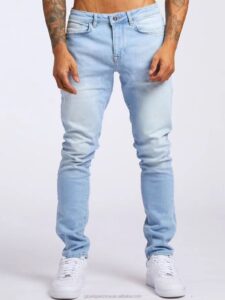
Washes that are too light, like very light blue, white, or grey, often miss the mark if you’re going for a timeless look. I’ve found acid-washes try too hard to be trendy, but lack the versatile appeal of a dark wash or clean color. Stick with rich colors that work every day, not just in one passing style moment.
Ripped Doesn’t Always Work

Ripped jeans and distressed styles might seem edgy, but for 95% of men over the age of 25, it’s usually a bad look. Light fading or distressing is fine if you’re under the age of 25, but heavy tears or lighter washes often make you look like a teenager. From experience, a clean pair always wins unless you’re really going for that bold, youthful vibe.
Long Jeans, Short Style

Jeans that are too long can ruin your whole outfit, making you look short and sloppy instead of flattering—a quick $5-10 fix at the tailor can get the right length.
Avoid the Sag
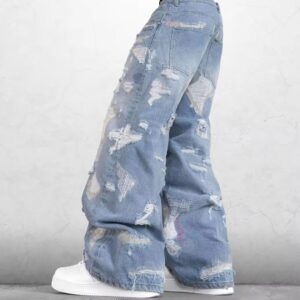
A good fit in the seat and thigh area with a proper rise is crucial—not too loose, not overly tight, just a clean trim that flatters your shape.
Anatomy of Jeans
 credits:mensfashioner
credits:mensfashioner
Choosing the Right Rise
The rise of your jeans — whether low-rise jeans, mid-rise jeans, or high-rise jeans — affects how your pants sit on your waistline and shapes the overall fit. I’ve seen men with longer legs prefer options like high-rise jeans, especially from big and tall stores, while shorter guys might go for the regular or normal rise around 9–11 inches or 23–28 cm. During the 60s and 70s, low-rise jeans were a style comeback, now revived by Gen Z as part of today’s trend. Make sure the distance from the crotch seam to the waistband feels right — often around 7–12 inches, 17.75–30.5 cm, or 25.5 cm for tall builds. If a rise feels out of place or doesn’t feel right at your natural waist or hips, it likely isn’t the ideal, no matter how common or versatile the style may be.
Waist Fit Matters
Your jeans should sit comfortably at the mid-to-upper hip, with a fitting waist that stays in place without a belt for a sharp, polished look. A proper placement helps avoid a droopy seat and ensures they fit perfectly from the start.
Get the Seat Right
A good fit means the seat hugs just right—not too tight, not saggy, and never unflattering. If it feels restrictive around the upper thighs, try a different fit or visit a tailor as a last resort to adjust it snugly.
Thigh Fit Tips
If you can pinch too much fabric around the thigh, the cut or size might not match your body type or style. Try better tailoring, especially around the legs, to remove excess fabric—but keep that for a last resort.
Keep the Knee Comfortable
Your jeans should fit comfortably around the knee area, staying close but not tight, even when you bend down or walk. Make sure there’s no pulling, and avoid any no rips or no tears around the knees to keep the look clean.
The Right Break
The break is the crease or fold in your pant leg where the fabric touches the shoe while standing. A full break or half break gives a polished, sharp look, while a negative break feels too short. If it’s too long, get it hemmed—it’s affordable, worth it, and keeps the front of your jeans clean.
Indigo Treatments & Wash Styles
When exploring Men’s Jeans – The Ultimate Guide, understanding treatments like rope-dyeing and how denim’s color changes through wash types can help you Choose Right Clothing Vendor or even discover options like Express Stitch Industries. Brands often use terms like light wash, dark wash, or fading used interchangeably, but each has specific meanings that affect the appearance, depth, and feel of the jeans. For example, dye fades with each wash, creating lighter-colored denim, while unwashed or washed minimally jeans maintain a darker tone. Originally, denim used natural dye from the Indigofera tinctoria plant, but was later dyesynthesised by German chemist Adolf Baeyer in 1897. His work led to the chemical structure most manufacturers use today, replacing the traditional natural indigo. In techniques like rope-dyeing, yarns are twisted into rope and dipped into indigo dye, leaving the fibres not fully penetrated so they fade beautifully with age, forming a faded patina. The colour may appear paler or have a greener cast, depending on the process. Whether you’re learning How to Find Clothing Vendors or shopping for pre-1920s jeans, knowing how dye, washed, wash, color, and denim relate will improve your buying experience.
Dip-Dye Process
The traditional method to make denim involves dyeing cotton yarn by repeatedly dipping it in an indigo-dye bath, usually six to eight times. This technique is normally used to create deep, lasting color in quality jeans.
Double or Over-Dyeing
Over-dyeing is a dyeing process where yarn is woven and dipped in an indigo dye bath 12 to 16 times instead of the standard six to eight, adding a higher concentration of dye to create a deeper, richer shade of blue—a bold effect often seen in premium denim.
Enzyme Wash Finish
An enzyme wash uses enzymes and organic matter to speed up natural reactions that soften the fabric, remove cellulose, and emphasise subtle highlights so jeans feel soft and worn-in from the start.
Stone Wash Style
Stone wash was made famous in 1960 by Hollywood western wear designer Nudie Cohn, who used pumice stones for a worn-in look while washing jeans. Today, enzymes offer a more eco-friendly alternative with the same soft finish.
Acid Wash Revival
Acid wash became iconic in 1980s denim, using pumice stones soaked in chlorine bleach to create bleached-out patches and an irregular finish on the fabric—a bold style that’s becoming popular again today.
Garment-Dyeing Explained
Garment-dyeing is the usual practice of dyeing the garment after item made, not before, giving a consistent shade where even pocket linings, labels, and fabric share the same colour, unlike colouring yarns before the cloth is woven.
Coating Finish
Coating on denim uses pigment or acrylics to achieve a desired effect, often adding a leather-like sheen while helping prevent fading and staining.
Different Types of Denim
There are many denim types every guy should know before finding his perfect fit.
100% Cotton Denim
Starting with 100% Cotton Denim, it’s a super durable, breathable, and versatile option that fits well into a regular wardrobe and supports a wide range of personal style. It’s considered the most common choice because of its soft yet strong build that handles tear and wear with ease.
Raw Denim
Then there’s raw denim, a purest form that comes untreated and without pre-washing, making it stiffer but highly prized for the fading patterns it forms as it adapts to the wearer’s body. Though it takes some breaking in, this type is often preferred by those who love personalized results and visible treatments like distressing over time.
Selvedge Denim
One of the most talked-about styles among aficionados, collectors, and denimheads is selvedge denim. Known for its craftsmanship, it’s created on shuttle looms, producing self-finished edges that prevent fraying. Its tightly woven, tighter weave and diagonal pattern give it character and authenticity. These features, combined with its high quality, denser weave, and resistance to unraveling, make it popular among enthusiasts who admire slow, traditional processes over fast automated machines.
Open-end Denim
From open-end denim with its bulkier, coarser feel to the clean selvedge edge, you see how each fabric tells a story—some woven on 58-inch looms, others on 29-inch or 62-inch looms.
Japanese Denim
Especially as seen in heritage-rich styles like Japanese denim made with Toyoda looms, natural indigo, and methods like aizome, the craftsmanship and detail reflect a long-standing denim tradition.
Stretch Denim
For guys who like comfort without sacrificing style, stretch denim is a favorite, combining polyester or spandex to make jeans stretchy, forgiving, and comfortable through the thighs. Its ability to retain shape and provide a fitted look makes it increasingly popular with today’s consumers.
Denim
And if you’re into textile insights like the pros at Express Stitch Industries, even technical details matter—from yarn thickness, weave density, and visual depth to that worn-in vibe found in vintage denim from the 1970s, or even the legendary Levi’s discovered in a Nevada gold mine from the 1880s.
Ring-spun Denim
Add in weave choices like right-hand twill, left-hand twill, and options like ring-spun denim, which features cotton fibres twisted into rings for a stronger, uneven appearance, and you’ve got a world of choices—just like exploring all the Types of Shorts for the perfect fit.
Twill
Whether you prefer twill with its diagonal weave or something with a softer feel like left-hand twill, these material types shape how your jeans feel and fade.
Dry Denim
Don’t forget dry denim, known for its deep indigo color and raw, unwashed nature. Though it starts off stiff, it becomes a stylish all-rounder once broken in.
Weight
Lastly, consider the weight—from lightweight 9oz to heavyweight 14oz, with mid-weight options offering the best of both comfort and longer lifespan. Denim weight is measured per yard of fabric, typically on a 29-inch width, and determines how the jeans perform year-round.
Common Styles or Fits of Jeans
Straight
When talking about jeans, style and fit are everything. The straight-leg jean remains a timeless choice, offering a classic fit from hip to ankle, perfect for the modern man’s everyday wardrobe. It’s both adaptable and versatile, whether you’re heading to the office, having dinner, or relaxing at home. As FRAME co-founder Erik Torstensson of the Los Angeles-based brand put it, a good pair of jeans should fit well, without excess denim in the rear, and offer a range of movement in the top half. A straight-fit jean has a straight cut, remains consistent from straight hips down to the ankles, and adjusts well to different leg width.
Slim
If you’re after something more fitted, slim-fit jeans are a popular style. These have a snug fit with narrow leg openings, hugging the thighs and sitting closer to the body, though not as closely as skinny jeans.
Skinny
Skinny jeans, often made with stretchy materials like cotton, offer a tight-fitting, slim-cut design that hugs the legs closely from waist to ankles.
Relaxed
On the other hand, relaxed-fit jeans provide a roomier cut, favored by Gen Z and aficionados in streetwear culture, making them a popular choice for comfort and freedom around the leg.
Boot Cut
For added flair, styles like bootcut jeans are shaped to drape over cowboy boots, a mainstay in Western clothing. These are fitted at the waist and hips, then gradually widen from knee to ankle.
Wide-leg
In contrast, baggy jeans and wide-leg jeans offer a voluminous fit and emphasize comfort and balance—often styled with slimmer pieces like a short trucker jacket, slim-fitting knit, or crew-neck T-shirt.
Flared
For those embracing a retro vibe, flared jeans and their cousin, the boot-cut jean, are making a comeback from the 1970s, boasting a high-rise waist and elegant silhouette. Pair them with a cropped bomber, vest, or wide-collar shirt, and you’re truly back in the game. Each fit offers something unique—from the shaped structure of a slim cut to the drama of a flare out design.
How Men’s Jeans Should Fit
Waist
Selecting the ideal jeans hinges on the fit above all else.Start with the waist—it should feel snug, with just slight tightness that will stretch as you wear them in. You shouldn’t need a no belt situation if the waist fits right off the rack.
Seat
For the seat, jeans should lightly hug your butt, sitting not too tight and definitely not baggy.
Thighs
Moving to the thighs, you should be able to pinch about 2 inches or 5cm of fabric—just enough room for comfort without looking sloppy.
Calves
At the calves, having a snug fit allows for a pinch of 1 to 2 inches (or 2.5cm to 5cm) on each side.
Hem
The hem is where details matter: aim for a half break or no break, with minimal fabric bunching at the ankle.
Tailoring Note
As for tailoring, the waist and thigh areas are expensive to tailor, so it’s best to find a brand where the area fits well off the rack. While some spots may be cheap and easy to tailor, others are hard to tailor and will cost more. A pair that fits better from the start will save you both money and hassle.
Best Jeans For Your Body Type
Skinny, Slim, Short, or Regular Build
If you have a regular build, are on the short side, or lean toward a slim frame, go for a slim-fit or slim cut that gently hugs the thighs, knees, and tapers to the ankle. Avoid baggy clothes that highlight slimness—a properly fitting pair of jeans creates better balance. Many brands use confusing cuts, so try them on; don’t assume skinny fit or skin-tight styles are appropriate.If you can squeeze more than 2 inches (or 5cm) of denim at your thigh or calf, it’s an indication that you should choose a smaller size, look for a different brand, or think about opting for a more fitted style. Avoid any straight fit that’s cut straight down—these pants tend to look looser, making you appear smaller, skinnier, or even shorter. If needed, skip the rush to the tailor, as legs taken in can be a high cost fix for a minor style change.
Larger or Muscular Build
If you have a larger or muscular build, your best bet is a classic pair of straight-legged jeans with a roomier thigh and calf to help fit properly and solve common frustrations. This cut balances your bottom half and upper half, avoiding the top-heavy look often compared to Humpty Dumpty. Avoid jeans with a taper, as they can throw off your proportions and make you look wider. If you are able to grab more than 2 inches or 5cm of fabric around the thigh or calf, consider trying a different style, brand, or opting for a smaller size before visiting the tailor. Having too much fabric means you might need the legs taken in, but tailoring can be costly, so start with the right fit to begin with.
Best Ways To Pair Jeans With Shoes
Low-Top Sneakers
Due to the profile of low-top sneakers, it’s really hard to mess this up—they’ll work with almost any cut. When it comes to denim shades or designs, you can generally choose any color or style you like, unless it’s entirely black. One caveat is that if you’re wearing white sneakers with dark indigo jeans, they might stain the tops. Simply immerse the pants in cold water for approximately 30 minutes to eliminate any leftover dye that might transfer, and then clean the shoes in specific areas if needed.
High-Top Sneakers
If you’re going to buy high-top sneakers and wear them with the hem going past the top, you should just get a low-top pair instead—it will literally look the same and low tops are more versatile. To do this well, either get them hemmed shorter, use scissors for a frayed style, or simply roll them above or below the cuff. Never roll more than twice, though, or you’ll have a really thick cuff at the bottom, which can throw off your look and feel very heavy.
Athletic or Running Shoes
There are two perspectives on athletic or running shoes, often referred to as trainers, and it varies based on their bulkiness. If they have a subtle and streamlined design, then opt for a comparable cut, similar to what you’d do with low-top sneakers, which implies that any cut is suitable. You can even cuff your pants for a sportier touch. But if they’re chunky, you should be a bigger guy, since these work best with straight-cut jeans to fit over thicker shoes. If you’re thinner, avoid the look unless you explicitly want that proportion.
Boots
Dress boots pair well with dark-wash or black jeans. Ensure your jeans have a minimal to no break to achieve a more refined and polished look.Stacking jeans—with lots of folds at the ankles—is like wearing tuxedo shoes with jogger pants. It doesn’t look good. Work boots, which tend to be chunkier, have a casual appearance and pair well with fading wash denim. You have the option to wear them with cuffs or without, and for a sleek jeans and bulky boot look, either roll them up or trim them to a shorter length, ensuring there’s no break.
Chelsea Boots
Chelseas, however, aren’t for everyone—if you’re a bigger guy, they can make you look like Humpty Dumpty with little tiny legs. Chelseas should be paired with slim jeans. For example, black leather or suede Chelseas work best with black or gray slim or skinny jeans, while brown or tan Chelseas with a gum sole look better with light blue or gray denim, possibly with distressing.
Desert and Chukka Boots
Desert and Chukkas work with almost any color and cut, but usually look best with a slight or no break. You can achieve this by cuffing or getting the jeans hemmed.
Dress Shoes – Oxfords, Derbies, Brogues, Wingtips, Monkstraps
Derbies feature a chunkier profile and are better suited for casual denim outfits. Black derbies match black or dark blue denim, while brown ones work well with medium blue. Sleek brogues are more formal, while hole-punched chunky brogues lean casual. Oxblood and black tones go well with black denim, while casual browns match indigo or lighter denim. You can also wear Oxfords with black or indigo jeans, especially if they’re slim and hemmed with no break for a sleek but less casual result.
Loafers & Penny Loafers
Loafers and penny loafers, due to their low vamp, should not be worn with wide leg openings, as that makes your feet look stubby. Instead, opt for jeans that are tapered, cropped, or even pin-rolled. Tapered jeans help balance the body, and if your build doesn’t support this look, it isn’t the right style. In terms of color, brown loafers go well with dark wash indigo, while black loafers look sharp with gray, black, or indigo denim.
How to Wash, Dry & Care For Your Jeans
Tips for Washing, Drying, and Maintaining Your Jeans
To ensure your jeans have a long lifespan, you should wash them only when they have an odor or visible stains. Otherwise, air them out overnight or between wears and turn them inside out. This simple habit will protect the color, minimize fading, and help preserve the fabric. When it’s time to wash, always use cold water with a mild, color-preserving detergent. Refrain from using strong detergents or bleach, since they can weaken the fibers and harm the denim. Put your jeans on a gentle cycle, and if possible, wash them separately or with similar colors to reduce color transfer.Overwashing can cause your jeans to wear out faster, so it’s important to find a middle ground between keeping them clean and prolonging their durability. It’s generally recommended to wash after 5-10 wears or when visible dirt appears. This helps maintain their shape, overall quality, and color.
Drying
For drying, steer clear of the dryer. Instead, either hang them up to dry or lay them flat to avoid shrinkage. This method is the best for keeping your jeans looking and fitting their best. Using a dryer may ruin their shape and make them stiff or small.
Storage
Storing your jeans the right way is just as crucial. The ideal approach is to neatly fold them and organize them in a drawer or on a shelf. If you must hang them, use clip hangers to prevent creating creases or marks on the waistband, which can alter their fit over time.
The “do-not-wash” rule
According to Johan Lindstedt of Nudie Jeans, the best care rule is simple—never wash your jeans unless absolutely necessary. Let the indigo settle into the surface of the fabric through daily wear. This creates unique fades and brings out the magic of your denim’s character.
The one-pair-at-a-time concept
Lindstedt recommends having just one pair of unwashed-denim jeans, which are stiff and dark blue compared to washed, pre-faded types. Choose a pair you love, with a great fit, and wear them every day. Over time, your jeans will develop a unique look based on how you move and live in them.
The quick fixes
If your jeans need a little freshening, try leaving them out in damp weather for a few hours or pop them in the freezer overnight. For a deeper clean, use a lukewarm soak with a little detergent—no bleach or softener—and let them sit for about 30 minutes. Finish by stretching the inseam gently and letting them dry naturally.
Casual White Crewneck T-Shirt
One of my go-to outfit tricks when I’m short on time is starting with a white or heather t-shirt and a dark pair of jeans. It’s much easier to build a solid look from that base. I often layer a mid-wash trucker jacket or even an olive or navy bomber when it’s not too hot outside. If I want a bit more contrast, I’ll swap the black jeans with blue ones or changed the white shirt for a gray or navy version. This whole process feels effortless, especially when you’re trying to throw something together without overthinking.
Elevated Casual Blue Oxford Shirt
For slightly more elevated days, nothing beats a light Oxford shirt paired with blue jeans and white sneakers. It’s one of those timeless combinations that just works. When I’m going for a more casual yet refined look, I like to elevate the base with a bomber jacket or a blazer, depending on the weather. I’ve also rotated in loafers, chukkas, or a clean boot depending on the vibe. Each version keeps things flexible while still pulling the full outfit together.
Business Casual Charcoal Sports Coat
Now if you’re heading into a more business casual setting, that’s where layering really shines. I’ve worn a white Oxford shirt under a charcoal blazer with dark-wash jeans—a truly expert-level combo. Adding a brown belt and dress shoes or even chukka boots ties it all in. If you’re bigger or more muscular, pay attention to the cut of your jeans; it makes a huge difference in both comfort and look. Sometimes I swap in a sweater or ditch it altogether based on the weather. Either way, keep things polished, and don’t forget the lace-up boots if you’re after a rugged finish.


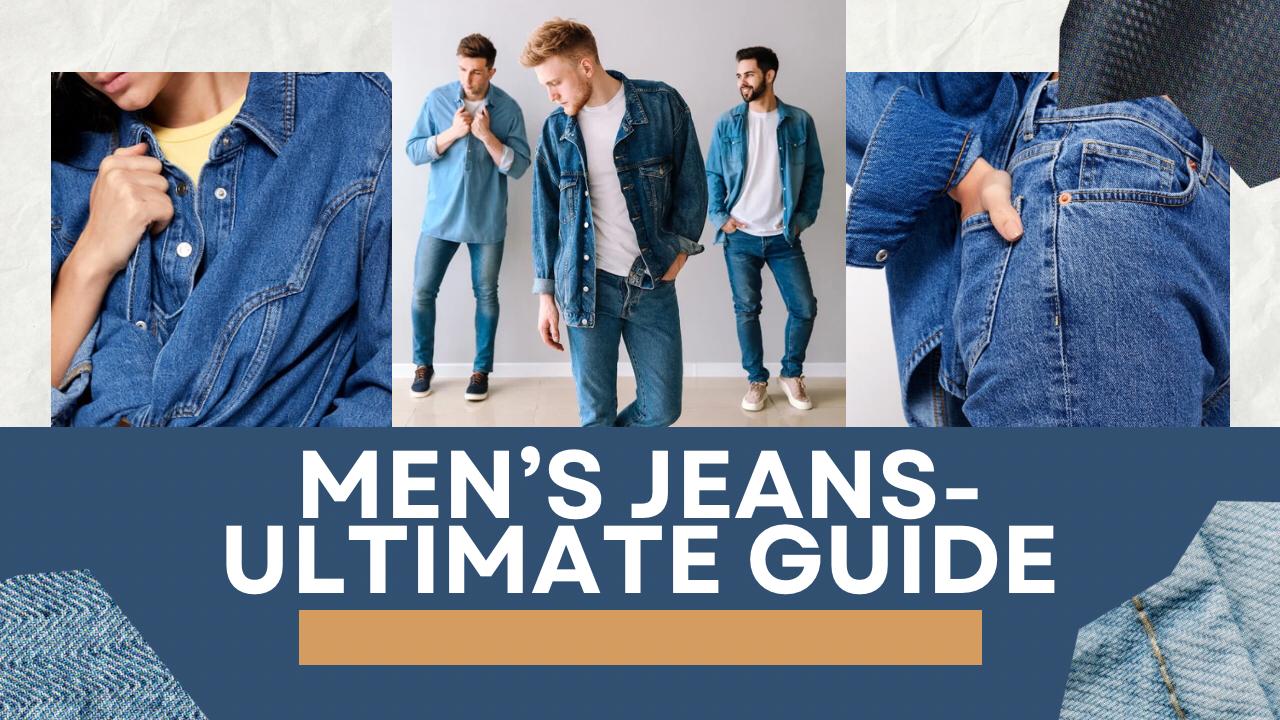
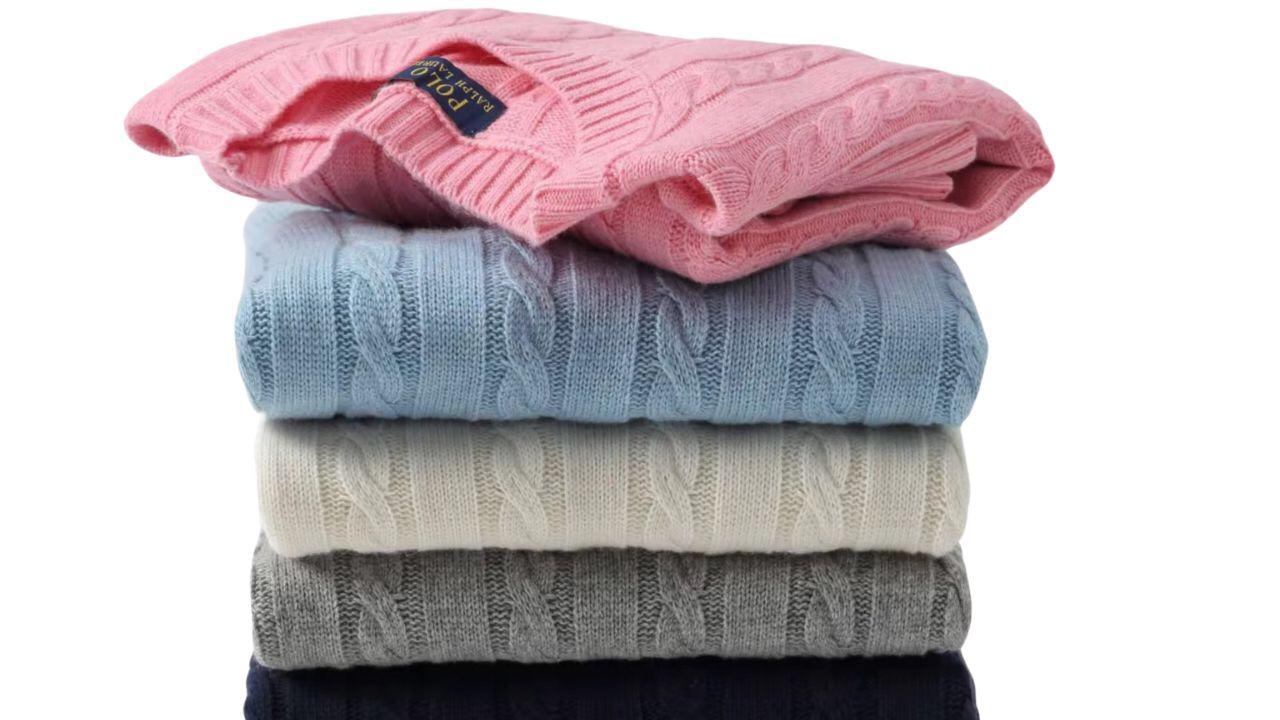



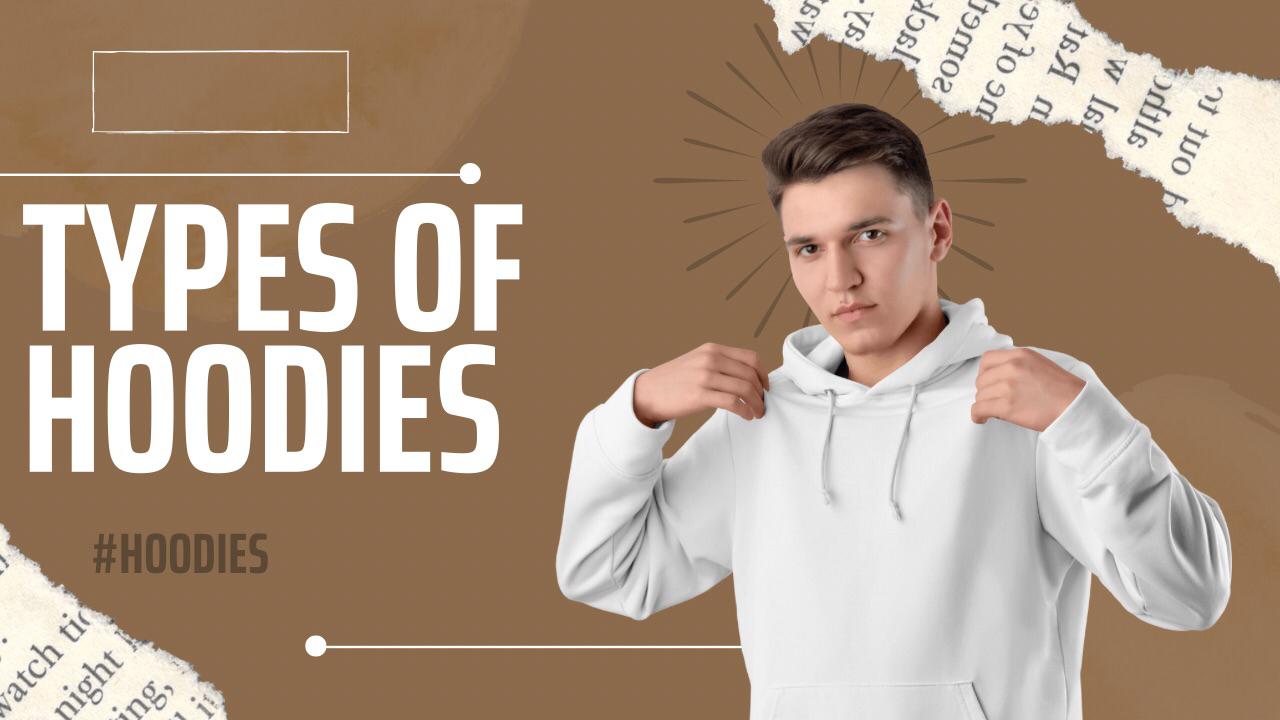
Leave a Comment
Your email address will not be published. Required fields are marked *